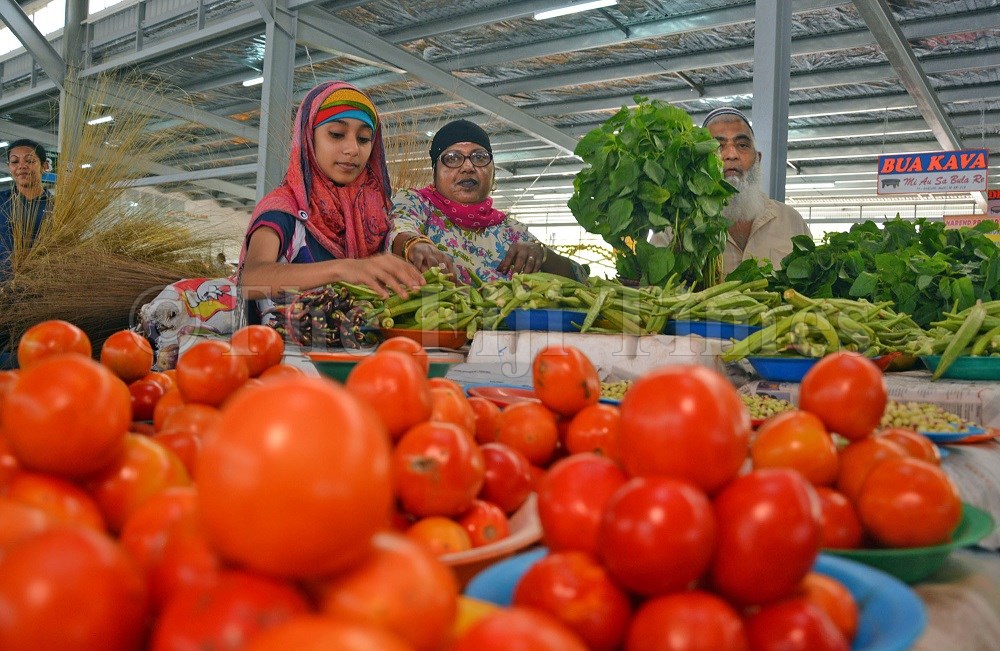People in urban areas spend more on meat and communication – and less on education.
This, according to the 2019-2020 Household Income and Expenditure Survey (HIES) conducted by the Fiji Bureau of Statistics.
The survey analysed that the national average annual household income in 2019-2020 was around $26,249, of which 74 per cent came from employment earnings.
Wages and salaries contributed the largest proportion of household income, accounting for 49 per cent of total income composition, followed by agriculture activities which had 10 per cent while property income had the least contribution of 1 per cent.
The national average annual household consumption expenditure was estimated at $11,961 in 2019-2020 – with $13,521 for urban areas and $9941 in rural areas.
The Central Division recorded the highest average household consumption at $13,722 followed by $10,924 for the Western Division, $10,837 for the Northern Division and Eastern Division had $9318.
The HIES survey found that vegetables topped the list of total food consumption per household at 22 per cent, followed by cereal at 18 per cent spend, meat at 17 per cent and 12 per cent on seafood.
The survey found that 29 per cent of household income in rural areas was spent on buying vegetables, while 20 per cent of household income in urban areas was spent on purchasing meat.
On non-food consumption, 52 per cent of total household income was devoted to housing and utilities, followed by 16 per cent on transport, 10 per cent on communications and 5 per cent on education.



